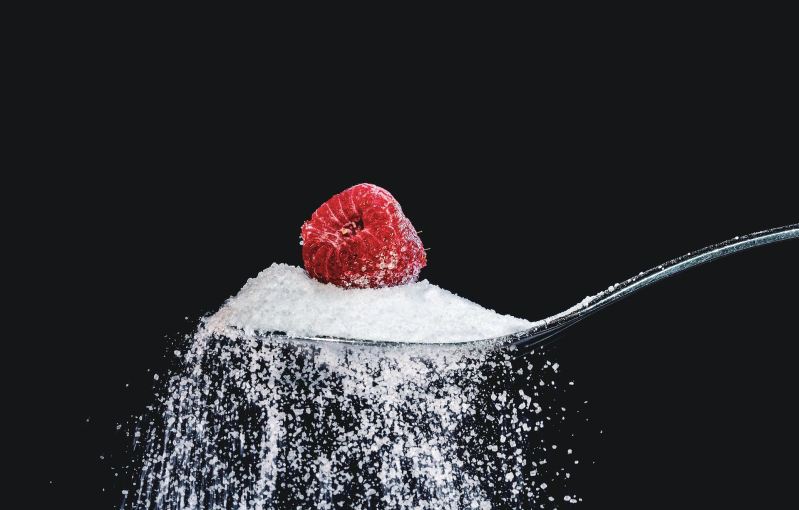
It’s no surprise that we as a society are eating far too much sugar. On average, American adults consume around 77 grams of sugar per day. That’s more than three times the USDA’s recommended daily sugar intake. Sure, it’s easy to point our fingers at the conveniently located candy bars in the checkout lane, or the super-sized sodas everywhere you turn. Easy-to-munch sugary snacks like cookies are far too easy to take advantage of. And those pretty little pastries with our morning coffee are obvious culprits, too.
What might not be so obvious, though, are the sneaky ways sugar makes itself at home in such a vast amount of the food we consume. Ice cream and candy, sure. But milk? Marinara sauce? What about those “healthy” foods with labels that read low-fat or low-sodium? We’ll let you in on a little secret — if they’re cutting one ingredient, they’re probably making up for it with sugar.
Sugar is sneaky, creeping into surprising foods and then disguising itself with an exotic name tag on the nutrition label. Common aliases include cane crystals, corn sweetener, corn syrup, crystalline, evaporated cane juice, fructose, fruit juice concentrates, and syrup, to name only a few!
So if you’re trying to watch your sugar intake, the smartest thing you can do is read the label of everything you’re bringing home from the grocery store, because that sugar will creep up out of nowhere if you aren’t careful. To help you be better prepared, though, here is a list of foods sugar loves to hide in.
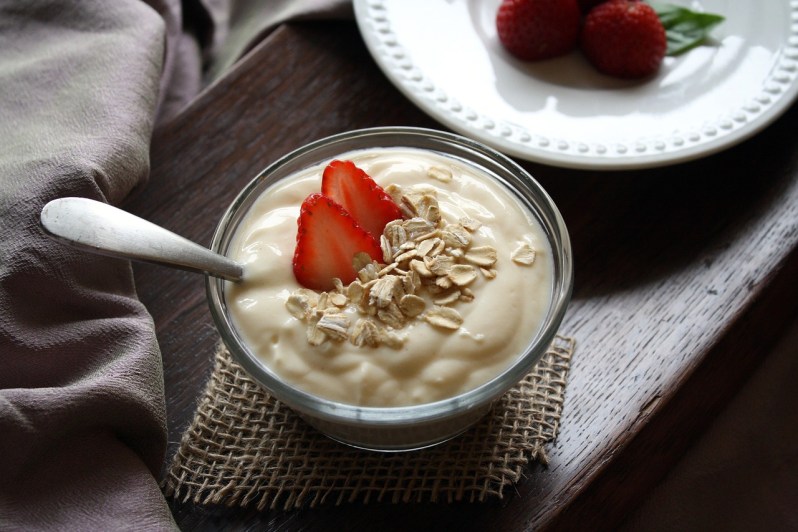
Yogurt
Yogurt has been living under the comfortable “health food” label for decades. And not without reason. Yogurt has some tremendous health benefits like probiotics and calcium. Unfortunately, it’s also laden with sugar. Many common low-fat varieties contain up to 33 grams of sugar in one 8-ounce serving.

Ketchup
A classic favorite: ketchup. It turns out there’s a reason it’s so delicious. Did you know that there’s about 1 teaspoon of sugar in every tablespoon of ketchup? It’s basically liquid tomato candy. Unfortunately, the sugar in tomato products doesn’t stop at ketchup. Most canned tomato sauces and pastes are just as sugary.

Barbecue sauce
Don’t shoot the messengers — we love barbecue sauce as much as everyone else. Unfortunately, though, this sweet sauce is sweet for a reason. Depending on the brand, one tablespoon of barbecue sauce can have up to 8 grams of sugar. And let’s be honest — who’s using just a tablespoon?
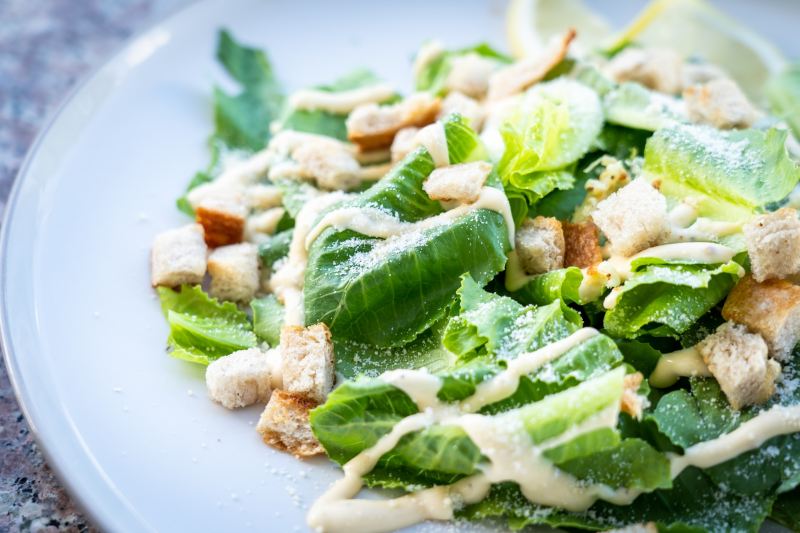
Salad dressing
When we opt for a salad, we may not always be making the healthier choice if we’re dousing it with dressing. Thanks to the immense amount of sugar in many bottled brands, salads can be the sugariest choice on the menu. And sure, while those mixed greens are a great way to fill our bodies with the nutrients they need, be sure to check those dressings for hidden sugars. Some brands have as much as 7 grams per serving. Of course, making your own dressing is an easy, healthy alternative to the store-bought stuff.
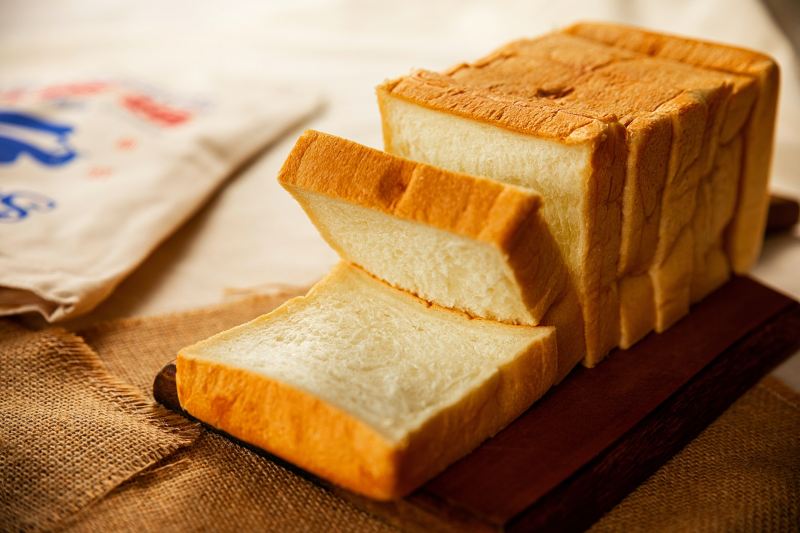
Bread
Of course, homemade bread is the best option for many reasons — incredible flavor, transparent ingredients, and the way it fills your house with that homey, delicious scent. Even so, most of us buy our bread these days, which, depending on the brand you buy, can result in a sugar overload. Some brands on the market have up to 6 grams of sugar per slice.
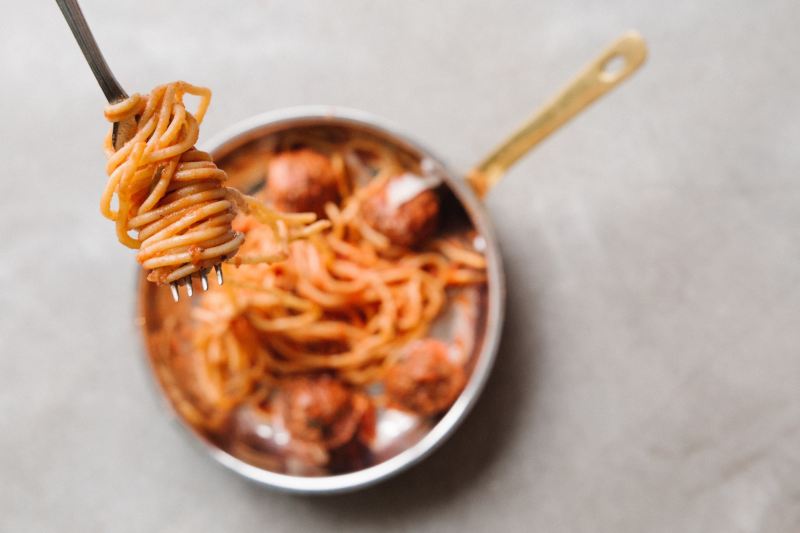
Pasta sauces
When you imagine a big, beautiful, steaming plate of spaghetti, you probably imagine topping it with some freshly grated pecorino romano — not a dusting of sugar. Gross, right? Wrong. Most jarred pasta sauces contain at least 7 grams of sugar per serving.

Coffee creamers
Coffee creamers can be a thing of beauty — with one little splash, you can create your own customized brew — French vanilla, pumpkin spice, caramel, and chocolate. The flavor options are endless. The problem is, that splash usually contains about 5 grams of sugar.
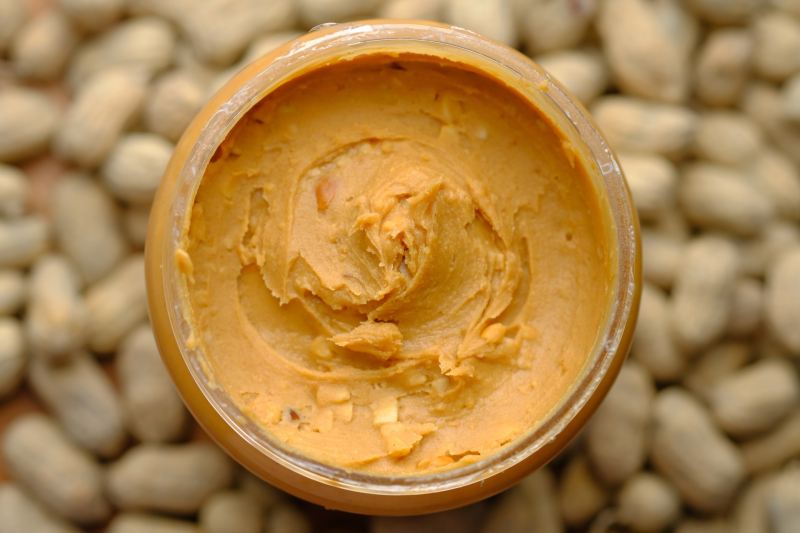
Peanut butter
Peanut butter is another one of those foods that gets thrown into the healthy category. Of course, like so many other foods in the same position, peanut butter isn’t without its health benefits. The punch of protein it packs is immense. And let’s face it, peanut butter is a delight. Unfortunately, it comes with about 3 grams of sugar in every serving.

Milk
We don’t necessarily think of milk as a sugary beverage — unless, of course, chocolate milk or milkshakes are on the menu. The sugar in milk is natural lactose sugar, which isn’t as “bad” as say, corn syrup. But the sugar content is still high, which people should be aware of, particularly if they’re watching their sugar levels. There are about 13 grams of sugar per cup of milk, no matter the fat percentage.
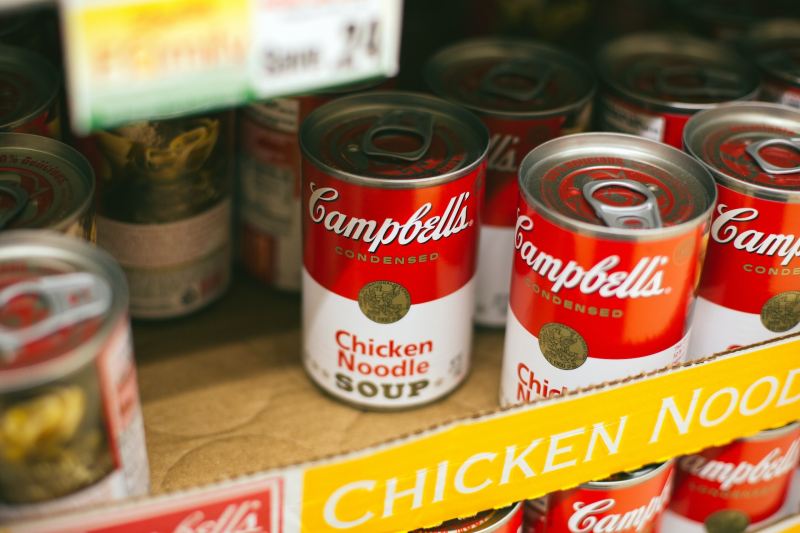
Canned soup
Like so many things, not all canned soups are created equal. There are certainly some healthy options on the market these days. But be especially careful when reading your canned soup labels. Some brands of tomato soup, for example, will set you back upwards of 20 grams of sugar.
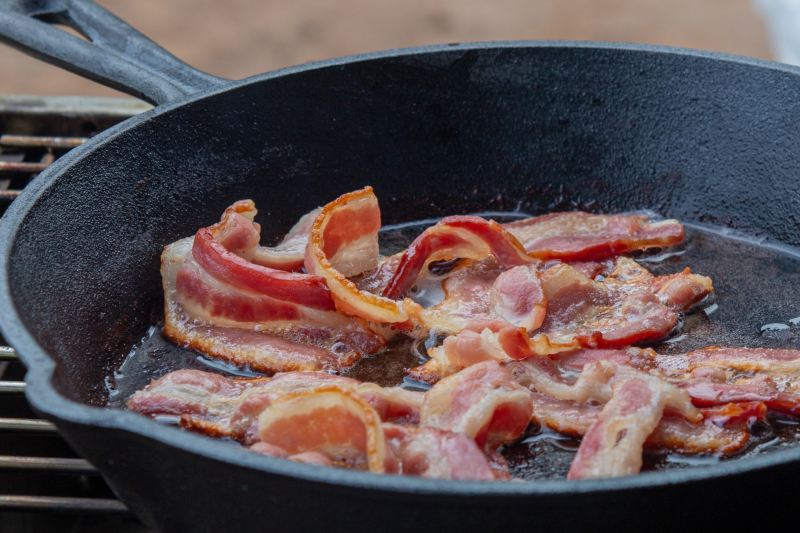
Bacon
Yep. The sugar even came for bacon. Let us be clear — pork belly, the part of the pig from where bacon comes, in its natural form, does not contain any sugar. But it gets problematic in processing. Many brands add sugar to the brine used in the manufacturing or curing process. Be especially wary of bacon with added flavors like maple or brown sugar, as these tend to clock in around 2 to 3 grams per serving.
Editors' Recommendations
- How to brunch like the French with lobster croissant and champagne
- Cognac vs. brandy: What’s the difference?
- How to make the perfect carnitas, according to a chef
- What is a barrique? Exploring wine’s most popular barrel size
- Here’s how to crawfish boil the right way (and everything else there is to know about crawfish)




